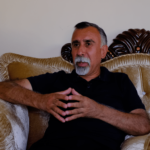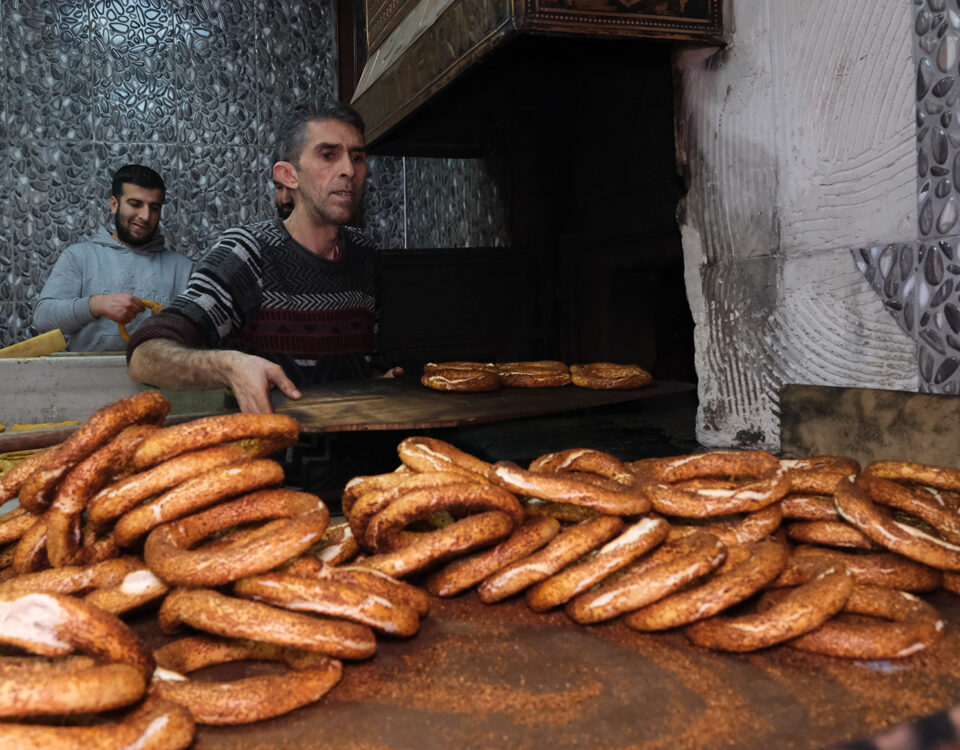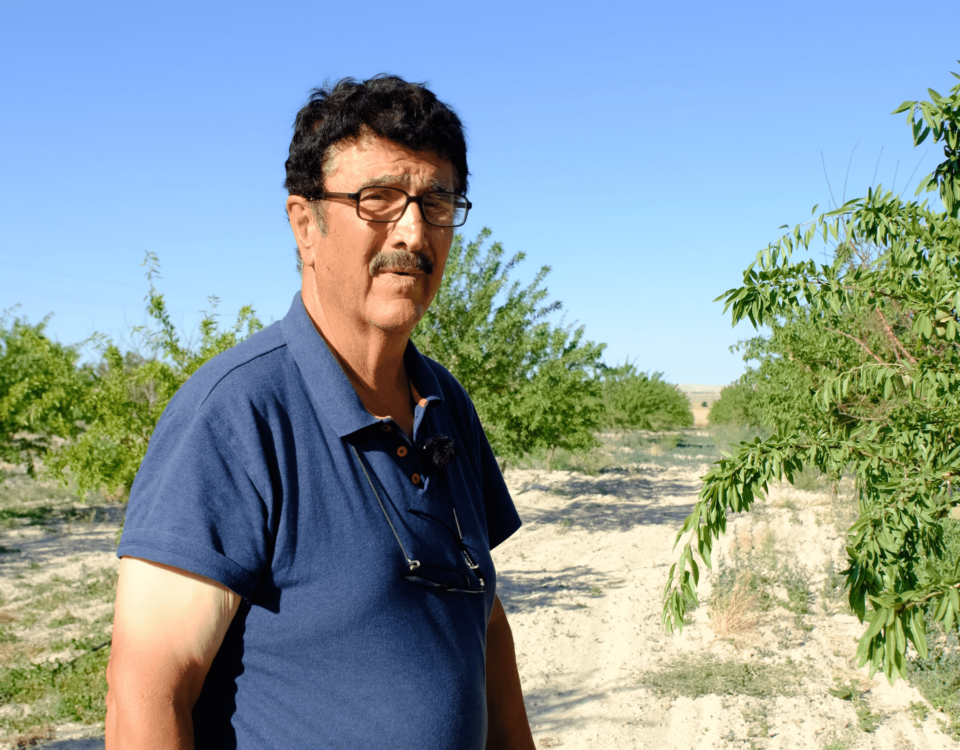
The migration story from Botan to Kulu: In the footsteps of the Celikan Tribe
23.04.2025
Soranis in Anatolia: The migration story of the Şeyhbızın tribe
23.04.2025The Zincirlikuyu village of Konya’s Kulu district is known for the arid and harsh nature of the steppe. However, one person in these lands is reviving the hope of green in defiance of nature: Agricultural Engineer Mustafa Çakır.
Love of land after retirement
After working in a government office for many years, Mustafa Çakır, who retired, returned to the land where he was born and raised and bought a 100-acre field.
He adorned most of this field with almond trees.
Despite the arid climate, growing fruit is both an agricultural experiment and an environmental project for him.
He reduced costs with solar-powered irrigation
Çakır uses a modern method to meet the irrigation needs of the trees:
He delivers the water he draws from the well to the trees with a system operated by solar panels.
“This was a desert, now it has turned into a small forest”
This green transformation in the village has not only turned into an economic but also an ecological gain.
Thanks to the hundreds of almond trees planted by Çakır, the region is now not only fertile, but also a more oxygenated living space.
“We didn’t have any shade to sit in here in the desert. But now it’s like a forest. A friend of mine thanked me, saying, ‘Thanks to you, we can get a little more oxygen, which is a big profit for us.’” he says.
Hope blossoms in the steppe
Mustafa Çakır’s story is not just an agricultural project, but the meeting of hope, labor and knowledge with the steppe.
Although he didn’t establish a “forest,” as he put it, each tree he planted carries the meaning of a breath left for the future.
Çakır shows everyone that it is possible to turn Kulu’s desert into oxygen.






